Explore the Cost of Stem Cell Therapy for Knees in Mexico
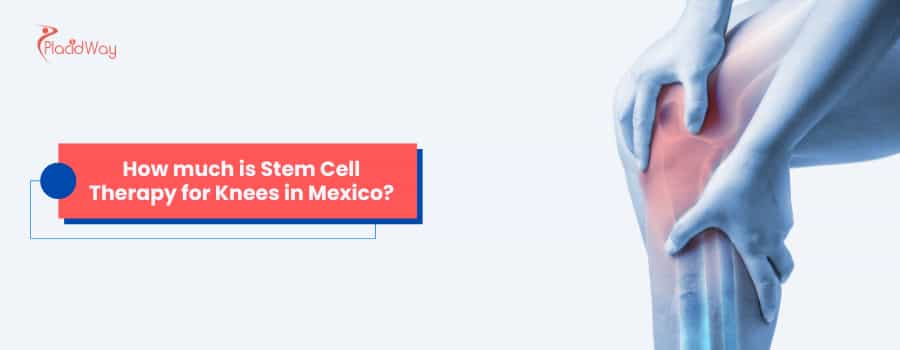
Dealing with chronic knee pain can significantly impact your quality of life, making everyday activities a challenge. If you're exploring advanced treatment options, stem cell therapy for knees in Mexico has likely come up as a promising and potentially more affordable alternative to traditional surgeries like knee replacement. Stem cell therapy for knees in Mexico generally ranges from $1,500 to $8,000 USD, a fraction of the cost in countries like the United States. This innovative approach, a part of regenerative medicine in Mexico, aims to use the body's own healing mechanisms to repair damaged knee tissue, reduce inflammation, and alleviate pain, particularly for conditions like osteoarthritis.
This blog post will dive deep into the various aspects of stem cell therapy for knees in Mexico, addressing common questions people have about the cost, procedures, safety, and what to expect. We aim to provide you with clear, concise answers and detailed explanations to help you make an informed decision.
What is the typical cost of stem cell therapy for knees in Mexico?
"The typical cost of stem cell therapy for knees in Mexico ranges from approximately $1,500 to $8,000 USD. This price can vary based on the clinic, the specifics of the treatment protocol, and the number of joints being treated."
The significant cost difference compared to the U.S. (where it can range from $5,000 to $12,000 or more per knee) is a primary reason many patients consider traveling to Mexico for this treatment. Lower operational costs, reduced administrative burdens, and different regulatory landscapes contribute to these more accessible price points in Mexico. However, it's crucial to remember that the lowest price doesn't always equate to the best value or care. You should thoroughly research clinics and ensure they meet high safety and quality standards.
When considering the cost of stem cell for knee treatment, inquire about what is included in the quoted price. Some clinics offer packages that might cover initial consultations, the procedure itself, follow-up care, and sometimes even accommodation and transportation. Understanding the full scope of the costs upfront will help you budget effectively and avoid unexpected expenses.
What factors influence the cost of stem cell knee therapy in Mexico?
"Several factors influence the cost of stem cell knee therapy in Mexico, including the source and type of stem cells used, the complexity of the patient's condition, the number of injections or treatment sessions required, the reputation and location of the clinic, and the expertise of the medical team."
Let's break down these factors:
- Source and Type of Stem Cells: Different types of stem cells (e.g., mesenchymal stem cells from adipose tissue, bone marrow, or umbilical cord tissue) may have varying processing costs. Allogeneic cells (from a donor) might be priced differently than autologous cells (from the patient's own body).
- Patient's Condition: The severity of knee damage or arthritis can affect the treatment plan. More extensive damage might require a higher concentration of stem cells or multiple treatment sessions, thus influencing the overall cost.
- Number of Sessions: While some patients may see improvement after a single session, others might need a series of injections over time for optimal results. Each session will add to the total knee arthritis treatment Mexico cost.
- Clinic Reputation and Facilities: Well-established clinics with advanced technology, experienced specialists, and a strong track record may charge more. Their investment in quality and safety often justifies a higher price.
- Included Services: As mentioned, some clinics offer comprehensive packages. The extent of these included services (e.g., diagnostic imaging, physical therapy, post-treatment support) will impact the final price.
How many stem cell injections are typically needed for knee pain in Mexico?
"The number of stem cell injections needed for knee pain in Mexico varies per individual, but often one to three injections are administered. Some clinics may offer a single comprehensive treatment, while others might recommend a series for more severe conditions or to optimize long-term results."
The exact number of injections will be determined during your consultation with the specialist after a thorough evaluation of your knee condition, typically involving imaging like X-rays or MRIs. For moderate knee osteoarthritis, a single injection might be sufficient to provide significant pain relief and functional improvement. However, for more advanced degenerative changes or if treating multiple areas, additional injections might be part of the protocol.
It's important to discuss the treatment plan in detail with your chosen clinic. Understand why they recommend a specific number of injections and what outcomes can be reasonably expected. Some clinics in Mexico might utilize higher cell counts in a single session, potentially reducing the need for multiple visits.
What is usually included in a stem cell knee treatment package in Mexico?
"A stem cell knee treatment package in Mexico typically includes the initial consultation, the stem cell harvesting (if autologous) and processing, the injection procedure itself, and basic post-procedure follow-up. Some comprehensive packages might also cover accommodation, airport transfers, and translation services."
When comparing stem cell therapy knees Mexico packages, it's essential to get a detailed breakdown of what's included. Common components are:
- Medical Consultation: Initial assessment by a specialist to determine suitability and discuss the treatment plan.
- Pre-treatment Diagnostics: May include X-rays, MRIs, or blood tests (though sometimes these are an additional cost).
- Stem Cell Processing: Laboratory work to isolate and prepare the stem cells for injection.
- Injection Procedure: The administration of stem cells into the knee joint, often guided by ultrasound.
- Medications: Pain relief or anti-inflammatory medication for post-procedure comfort (if needed).
- Follow-up: A short-term follow-up appointment or communication to monitor initial recovery.
More inclusive packages, often found at clinics catering to medical tourists, might also feature:
- Hotel Stays
- Airport and Clinic Transfers
- Personal Case Manager or Translator
Always clarify what is not included, such as flights, extended physical therapy, or treatment for unforeseen complications.
Is stem cell therapy for knees in Mexico safe?
"Stem cell therapy for knees in Mexico can be safe when performed by qualified professionals in reputable clinics that adhere to stringent safety and quality control standards. However, as with any medical procedure, there are potential risks, and patients should thoroughly research clinics and their protocols."
Many Mexican clinics offering regenerative medicine Mexico employ experienced doctors, often with international training, and utilize modern equipment. Some clinics also follow international guidelines for cell processing and patient care. COFEPRIS (Mexico's equivalent of the FDA) regulates medical practices, including stem cell therapies, though the regulatory landscape can differ from that in the U.S. or Europe.
To enhance safety, patients should:
- Verify Clinic Credentials: Look for certifications, accreditations, and doctor qualifications.
- Inquire About Stem Cell Source and Processing: Understand where the stem cells come from and how they are handled to ensure sterility and viability.
- Ask About Safety Protocols: Ensure the clinic has measures in place to minimize risks like infection.
- Read Patient Reviews: Look for unbiased reviews and testimonials, keeping in mind that individual experiences can vary.
- Consult with Your Home Doctor: Discuss your plans with your primary care physician or a specialist before traveling.
What are the potential risks or side effects of stem cell therapy for knees?
"Potential risks of stem cell therapy for knees are generally low but can include temporary pain, swelling, or bruising at the injection site, infection (though rare with proper sterile techniques), and lack of improvement. Serious complications are uncommon when the procedure is performed correctly."
The most common side effects are localized and transient:
- Pain or soreness: Mild to moderate discomfort around the injection site for a few days.
- Swelling or stiffness: Temporary inflammation as the body responds to the injection.
- Bruising: Possible at the needle entry point.
More serious, though less common, risks could involve:
- Infection: As with any injection, there's a small risk of infection if sterile procedures aren't strictly followed.
- Allergic reaction: Though rare, especially with autologous cells.
- No improvement: The therapy may not be effective for every patient or every type of knee condition.
- Blood clots: A very rare risk associated with any needle-based procedure.
Discussing these potential risks with the clinic and understanding their mitigation strategies is a key part of the informed consent process.
What types of stem cells are used for knee problems in Mexico?
"Clinics in Mexico commonly use mesenchymal stem cells (MSCs) for treating knee problems. These MSCs can be sourced from the patient's own adipose (fat) tissue or bone marrow (autologous), or from ethically sourced umbilical cord tissue (allogeneic)."
Mesenchymal stem cells are multipotent, meaning they can differentiate into various cell types, including chondrocytes (cartilage cells). They also have powerful anti-inflammatory and immunomodulatory properties, which help reduce pain and create a better environment for tissue repair.
- Adipose-derived MSCs: Harvested from the patient's fat, typically through a mini-liposuction procedure. Fat tissue is an abundant source of MSCs.
- Bone marrow-derived MSCs (BMAC): Aspirated from the patient's hip bone. While a traditional source, the concentration of MSCs in bone marrow decreases with age.
- Umbilical cord-derived MSCs (UC-MSCs): These are allogeneic cells obtained from the Wharton's jelly of donated umbilical cords after healthy, full-term births. UC-MSCs are young, robust, and readily available, and generally do not cause an immune reaction.
The choice of stem cell source often depends on the clinic's protocols, the patient's condition, and regulatory considerations. Each source has its own advantages and potential limitations.
How successful is stem cell therapy for knee arthritis in Mexico?
"The success rate of stem cell therapy for knee arthritis in Mexico can be quite good, with many patients reporting significant reductions in pain and improvements in mobility. Success often depends on the severity of the arthritis, the patient's overall health, the type of stem cells used, and adherence to post-treatment care. Reported success rates often range from 60% to 80% in terms of patient satisfaction and functional improvement."
It's important to have realistic expectations. Stem cell therapy is not a guaranteed cure for knee arthritis, but it can be a highly effective management strategy, potentially delaying or even avoiding the need for knee replacement surgery for some individuals. Success is typically measured by:
- Reduction in pain levels
- Improved joint function and range of motion
- Increased ability to perform daily activities
- Changes in cartilage thickness or defect size (as seen on MRI, though this is a longer-term measure)
Many reputable clinics in Mexico track patient outcomes and can provide data on their success rates for specific conditions like knee osteoarthritis treatment Mexico. However, be wary of clinics that guarantee results or claim 100% success.
How does stem cell therapy compare to knee replacement surgery?
"Stem cell therapy for knees is a less invasive alternative to knee replacement surgery, with a potentially shorter recovery time and fewer major risks. While knee replacement is a definitive solution for end-stage arthritis, stem cell therapy aims to repair and regenerate tissue, offering pain relief and functional improvement without major surgery."
Here's a comparison:
| Feature | Stem Cell Therapy for Knees | Knee Replacement Surgery |
|---|---|---|
| Invasiveness | Minimally invasive (injections) | Highly invasive (major surgery) |
| Anesthesia | Local anesthesia | General or spinal anesthesia |
| Recovery Time | Days to weeks for initial recovery | Weeks to months for full recovery |
| Risks | Low (infection, swelling, pain at site) | Higher (infection, blood clots, implant failure, anesthesia complications) |
| Goal | Tissue repair, regeneration, pain relief | Replacement of damaged joint surfaces |
| Longevity | Can provide relief for several years; may require repeat treatments | Typically lasts 15-20+ years |
| Ideal Candidate | Mild to moderate arthritis, seeking less invasive options | Severe arthritis, significant joint damage |
Stem cell knee treatment can be an excellent option for individuals who are not yet candidates for knee replacement, want to avoid surgery, or have medical conditions that make surgery riskier.
What should I expect during a stem cell knee treatment procedure in Mexico?
"During a stem cell knee treatment procedure in Mexico, you can expect an initial consultation and evaluation, followed by the stem cell harvesting (if autologous) or preparation of allogeneic cells. The stem cells are then injected directly into the knee joint, usually under local anesthesia and often with ultrasound guidance. The entire process can take a few hours."
The typical steps involved are:
- Consultation and Evaluation: Medical history review, physical examination, and review of imaging (X-rays, MRI).
- Stem Cell Sourcing:
- Autologous (Adipose): A small amount of fat is removed via mini-liposuction, usually from the abdomen or flank. This is done under local anesthesia.
- Autologous (Bone Marrow): Bone marrow is aspirated from the back of the hip (iliac crest) under local anesthesia.
- Allogeneic (Umbilical Cord): Pre-screened, lab-processed UC-MSCs are thawed and prepared.
- Stem Cell Processing: If autologous, the harvested tissue is processed in a lab to isolate and concentrate the stem cells. This can take 1-3 hours.
- Injection: The knee area is cleaned and numbed with local anesthetic. The physician then injects the stem cell preparation directly into the knee joint capsule, often using ultrasound imaging to ensure precise placement.
- Brief Recovery/Observation: You'll be monitored for a short period (e.g., 30 minutes to an hour) before being discharged.
Most patients can walk out of the clinic, though some temporary soreness or stiffness is common.
How long is the recovery time after stem cell therapy for knees in Mexico?
"Recovery time after stem cell therapy for knees in Mexico is relatively short compared to surgery. Most patients can resume light daily activities within a few days, with significant improvements often noticed within 4 to 12 weeks as the stem cells work. Strenuous activities should be avoided for several weeks as advised by the doctor."
Initial recovery involves:
- First Few Days: Rest the knee, apply ice as needed for swelling, and manage any discomfort with over-the-counter pain relievers (avoid NSAIDs if your doctor advises, as they can interfere with the healing process).
- First 1-2 Weeks: Gradual return to normal daily activities. Avoid high-impact exercises or heavy lifting. Gentle range-of-motion exercises may be recommended.
- Weeks 4-12: This is when many patients start to experience noticeable improvements in pain and function. The stem cells are actively signaling repair and reducing inflammation.
- 3-6 Months and Beyond: Continued improvement is often seen. Physical therapy may be recommended to maximize strength and flexibility.
The exact stem cell therapy for knee recovery time Mexico will vary based on individual healing, the extent of the knee damage, and adherence to post-procedure instructions.
What kind of aftercare is needed following stem cell knee treatment in Mexico?
"Aftercare for stem cell knee treatment in Mexico typically involves resting the knee for a short period, managing any discomfort with prescribed or recommended medications (often avoiding NSAIDs), applying ice, and gradually reintroducing activity. Physical therapy may also be recommended to enhance recovery and optimize results."
Key aftercare instructions generally include:
- Rest and Activity Modification: Avoid strenuous activities, heavy lifting, and high-impact sports for a period specified by your doctor (often 4-6 weeks or more).
- Pain and Swelling Management: Use ice packs for 15-20 minutes several times a day. Your doctor will advise on appropriate pain medication.
- Avoid NSAIDs: Many doctors recommend avoiding non-steroidal anti-inflammatory drugs (like ibuprofen or naproxen) for a certain period, as they might hinder the stem cells' regenerative signaling.
- Physical Therapy: A tailored exercise program can help restore range of motion, strengthen supporting muscles, and improve overall knee function. This is often a crucial component for long-term success.
- Follow-up Appointments: Attend any scheduled follow-up appointments or maintain communication with the clinic to monitor your progress.
Following your clinic's specific aftercare guidelines is vital for achieving the best possible outcome from your knee pain treatment Mexico.
Are there financing options for stem cell therapy in Mexico?
"Some clinics in Mexico offering stem cell therapy for knees may offer direct financing plans or partner with third-party medical financing companies. It's best to inquire directly with the chosen clinic about available payment options or assistance programs."
While the cost of stem cell for knee treatment is generally lower in Mexico, it can still represent a significant investment. Options to explore include:
- Clinic Payment Plans: Some larger, more established clinics might have in-house installment plans.
- Medical Tourism Loans: Companies specialize in loans for medical procedures abroad.
- Personal Loans: From your bank or credit union.
- Credit Cards: Though be mindful of interest rates.
- Health Savings Accounts (HSAs) or Flexible Spending Accounts (FSAs): If you have these, check if the procedure qualifies.
Always understand the terms and conditions of any financing option before committing.
Why choose Mexico for stem cell knee treatment?
"Many patients choose Mexico for stem cell knee treatment due to significantly lower costs compared to the U.S. and other Western countries, shorter waiting times for procedures, access to treatments that may not be as readily available elsewhere, and the opportunity to combine treatment with a recovery period in a pleasant environment. Many Mexican clinics also boast experienced doctors and modern facilities."
Key advantages often cited include:
- Affordability: Substantial cost savings is a major draw.
- Accessibility: Quicker access to treatment without long waiting lists.
- Experienced Professionals: Many clinics have highly skilled doctors, some with U.S. or European training.
- Advanced Therapies: Access to various types of stem cells and regenerative medicine protocols.
- Medical Tourism Infrastructure: Established support services for international patients, including travel and accommodation assistance.
- Proximity: For U.S. patients, Mexico is geographically convenient.
However, it's crucial to balance these benefits with thorough research to ensure you select a reputable and safe provider for your stem cell therapy knees Mexico.
How do I find the best clinics for stem cell knee therapy in Mexico?
"Finding the best clinics for stem cell knee therapy in Mexico involves diligent research. Look for clinics with experienced, board-certified doctors, positive patient testimonials, transparent pricing, accreditations (if available), and clear information about their treatment protocols, stem cell sources, and safety standards."
Tips for your research:
- Online Research: Look for clinic websites, reviews on independent platforms, and patient forums.
- Doctor Credentials: Verify the qualifications and experience of the medical team.
- Treatment Protocols: Understand the type of stem cells used, how they are processed, and the injection technique.
- Facility Standards: Inquire about the clinic's facilities and whether they adhere to international standards for medical care and lab practices.
- Transparency: Choose clinics that are open about their procedures, costs, and potential risks.
- Communication: Opt for a clinic that communicates clearly and answers all your questions thoroughly.
- Consultations: If possible, have a remote consultation before traveling.
Platforms that vet international clinics, like PlacidWay, can also be a valuable resource in your search.
Choosing to undergo stem cell therapy for your knees in Mexico can be a life-enhancing decision, offering a path to reduced pain and improved mobility at a more accessible cost. By arming yourself with knowledge and conducting thorough research, you can confidently explore this innovative treatment option.
Ready to explore your options for stem cell therapy for knees in Mexico? PlacidWay can help you connect with leading clinics and specialists. Discover personalized healthcare solutions tailored to your needs and budget.


.png)

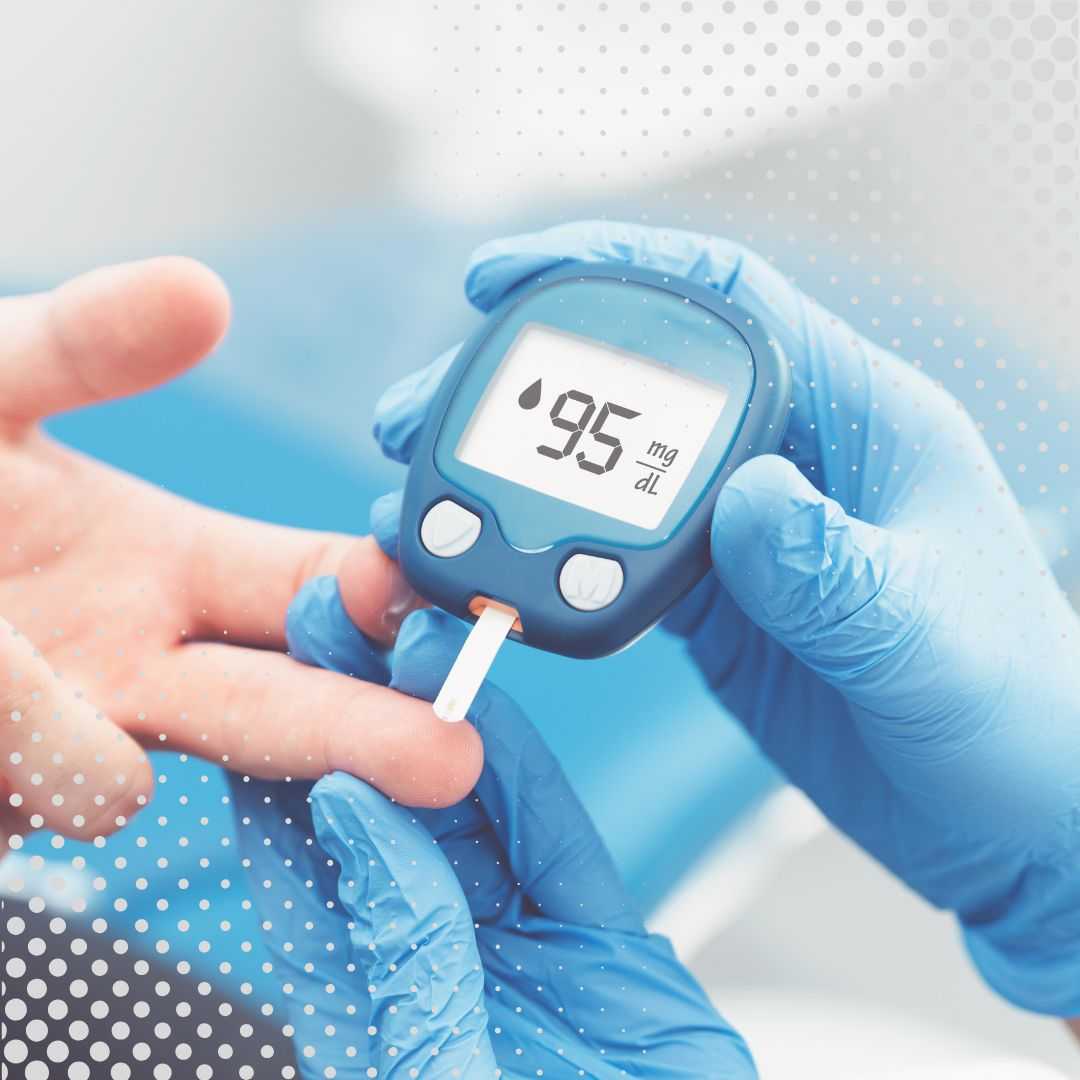
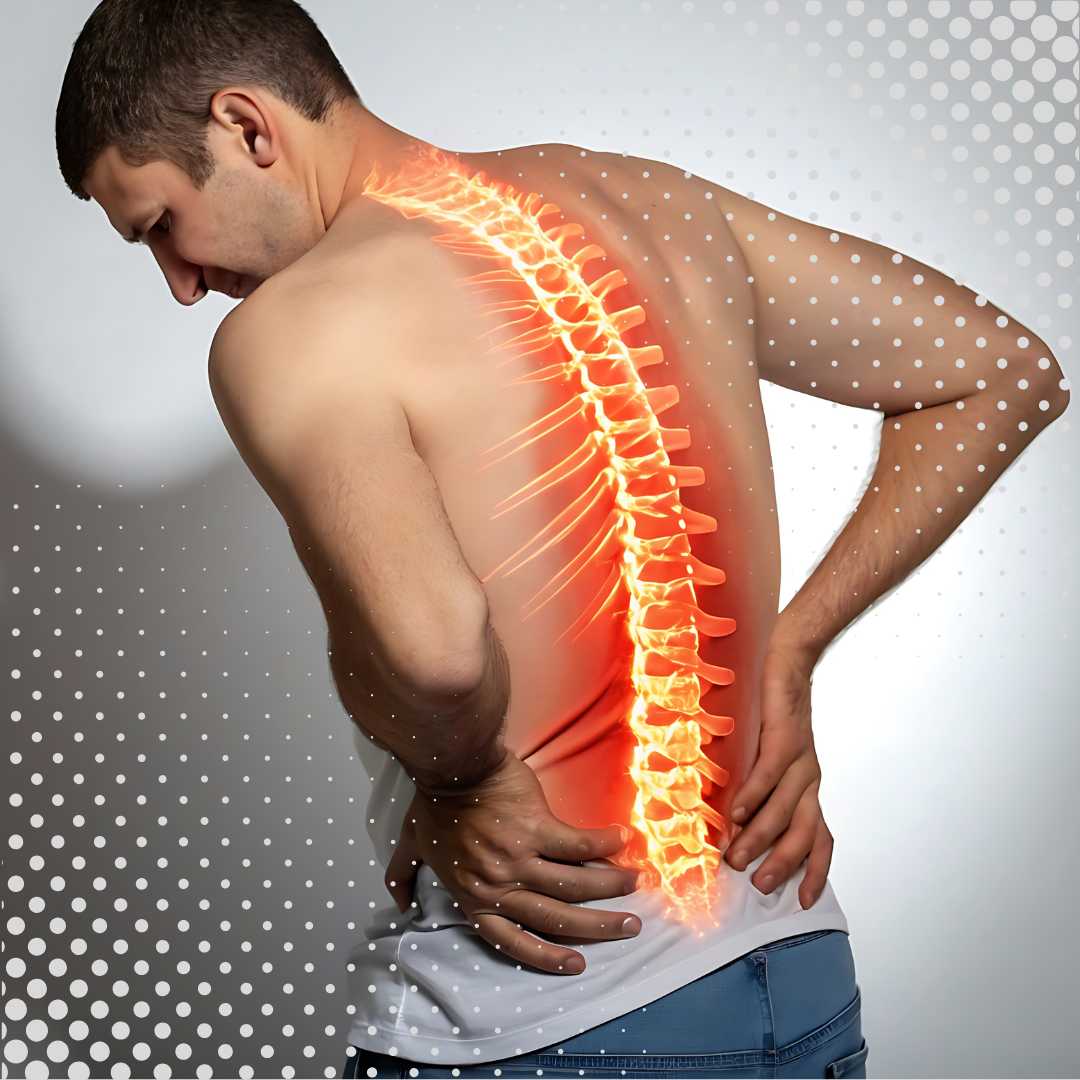


.jpg)
.png)
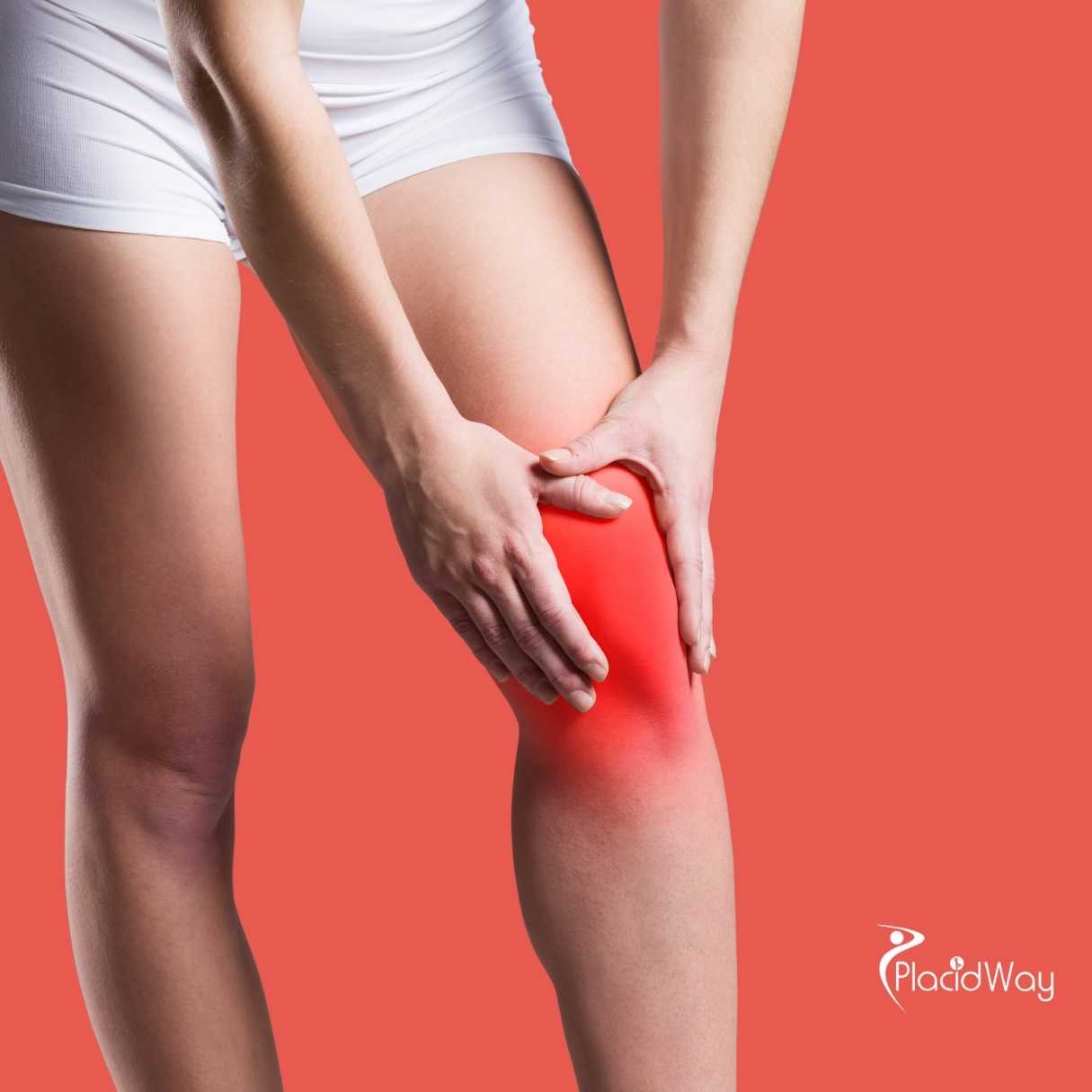




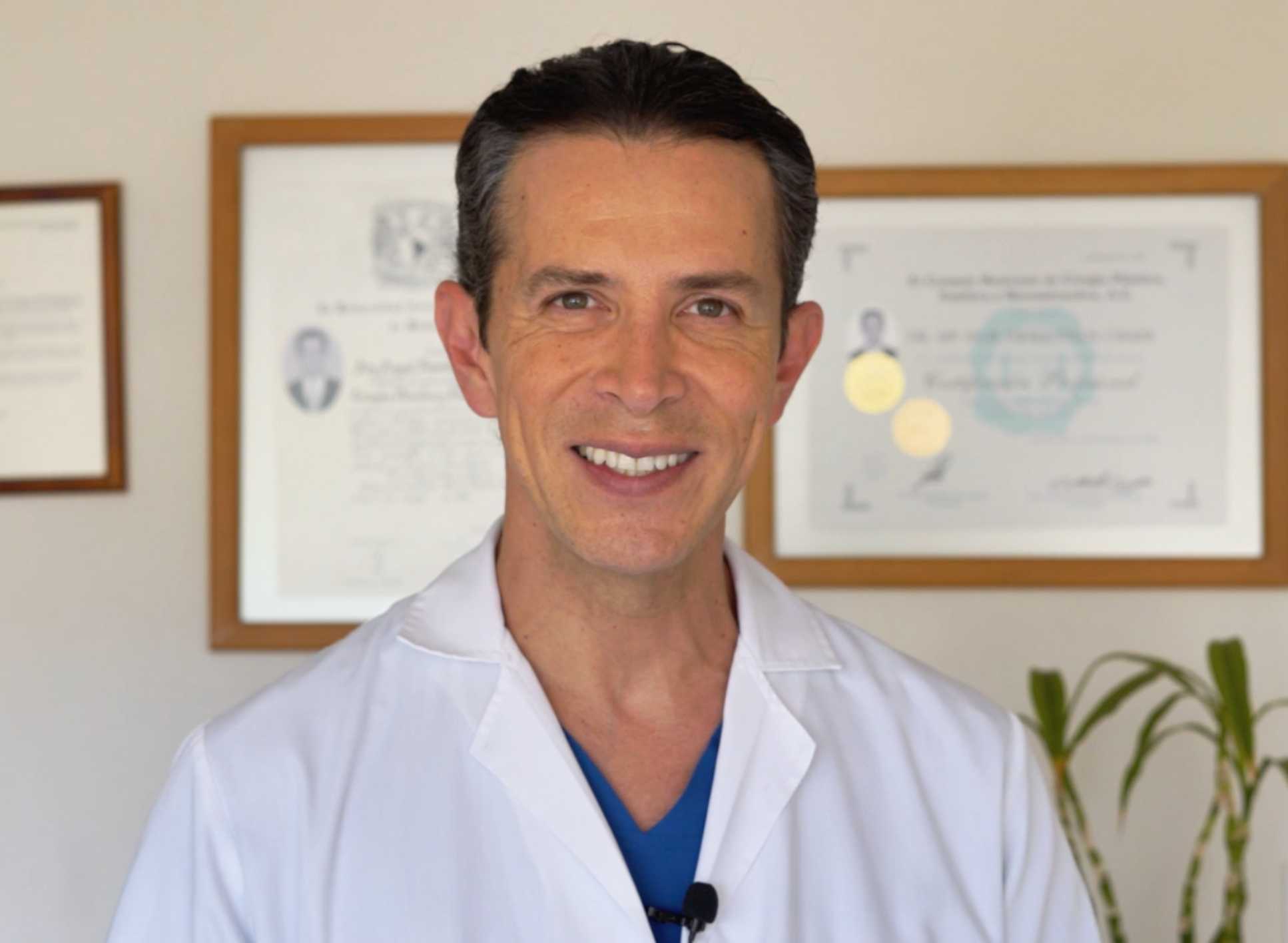

Share this listing